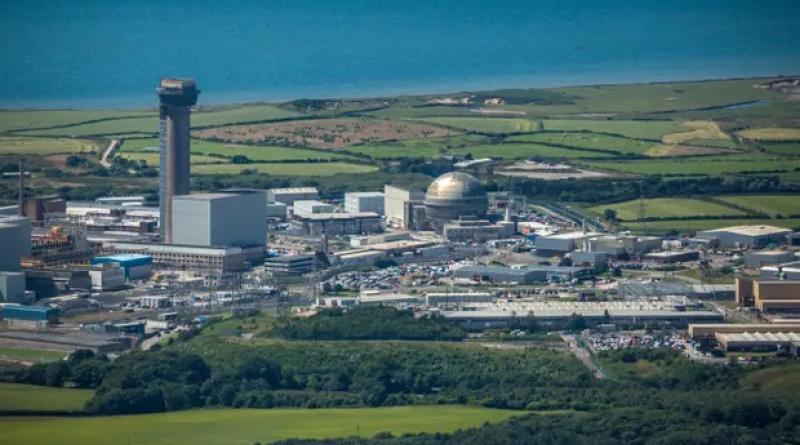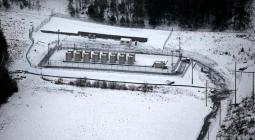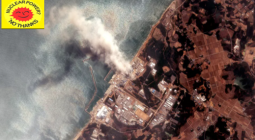Samanth Subramanian captures perfectly the vast scale and longevity of the effort needed to clean up Sellafield (The long read, 15 December). As Britain and other states with nuclear power industries grapple with how to go about an effective, safe and economical nuclear clean-up, it might be better to explain the challenges with less reliance on suggestions that in its early days the nuclear industry never thought about decommissioning (though the point has validity). Instead, we need more honesty about the fact that nuclear power inescapably generates large quantities of hazardous human-made waste, the worst of which will remain hazardous probably beyond Homo sapiens’ time on the planet.
The industry’s solution to this is a network of deep disposal facilities. But none have yet been created, their cost is enormous and there is no certainty that they will perform the long-term task required of them. These are considerations that sadly receive little attention in current debates about the need for new nuclear-generation capacity.
Coincidentally, you published a letter (14 December) suggesting that nuclear radiation is less dangerous than emissions from a wood-burning stove, a curious comparison to make. Wood-burning stoves are pollutants, no question, but they could never lead to a Windscale, Three Mile Island, Chornobyl or Fukushima. Nor will decommissioning them cost billions and take decades.
Tom Smith
Chair, Nuclear Decommissioning Authority, 2017-20
In 1993, a government official told me that “it was sometimes right to do the wrong thing”. For reasons of political expediency, it was right to give political consent for the operation of the thermal oxide reprocessing plant (Thorp) at Sellafield. This huge facility, not mentioned in Samanth Subramanian’s fine long read, had been built over the previous decade to reprocess British and foreign, especially Japanese, spent nuclear fuels. Abandoning it would be too embarrassing for the many politicians and their parties that had backed it, expensive in terms of compensation for broken contracts, and damaging to Britain’s and the nuclear industry’s international reputation.
It was wrong to proceed, as the government well knew, because the primary justification for its construction – supply of plutonium for fast breeder reactors (FBRs) – had been swept away by the abandonment of FBRs in the 1980s (none were built anywhere). Because returning Thorp’s separated plutonium and radwaste to Japan would be difficult and risky. Because decommissioning Thorp would become much more costly after its radioactive contamination. Because there was a known win-win solution, favoured by most utilities – store the spent fuel safely at Sellafield prior to its return to senders, avoiding the many troubles that lay ahead.
Thorp operated fitfully until its closure in 2018. The 30 tonnes of plutonium that it separated remains at Sellafield – another waste to trouble generations to come.
William Walker
Edinburgh
Anton van der Merwe makes the compelling point that lack of investment in nuclear power over the last 40 years has had a disastrous impact on carbon emissions and therefore has exacerbated the climate emergency (Letters, 14 December). However, in the same issue, the long read discusses plans for new nuclear without mentioning the huge beneficial impact that low-carbon nuclear will need to have if we are to avoid climate catastrophe. The report by the Intergovernmental Panel on Climate Change on 1.5C temperature rises published in 2018 presented mitigation scenarios in which nuclear generation would grow on average 2.5 times from today’s level by 2050. Without this, the chances of meeting climate targets are much reduced.
Neil Smith
Solihull, West Midlands






